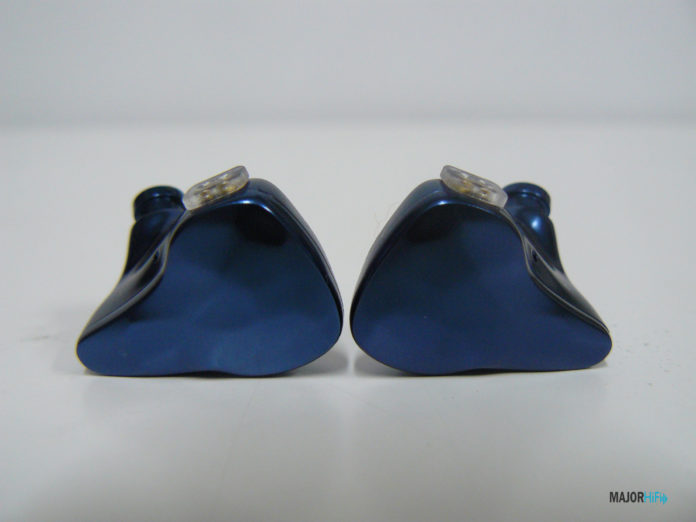A little while ago I reviewed a pair of IEMs called the OH10 Obsidian from a manufacturer called Ikko. I was excited to get to hear what a new brand had to offer, and I wasn’t left disappointed. The Obsidian, as well as a few other notable models of its ilk, have helped raise my expectations for IEMs in this price range quite considerably.
Affordable selections from the likes of Ikko, SeeAudio, and BGVP have offered a high level of detail that’s hard to deny. When taking a look at these earphones, it’s not hard to point out how much better some of these models sound compared to some of what goes for the prestige, audiophile price. I’ve now had the chance to try out a new pair of IEMs from Ikko called the OH1 Meteor. This pair goes for a little cheaper than the Obsidian at $139. How different is its sound signature, and what can we expect from what looks to be the same kind of build?
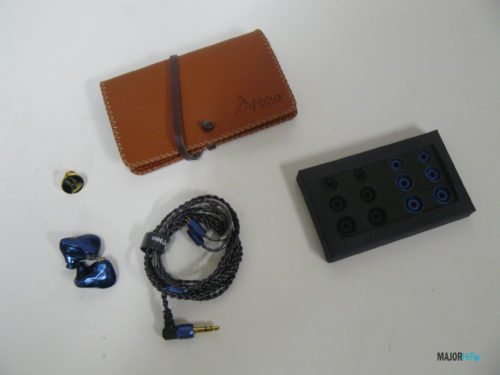
What You Get
You can expect to see the same contents carried over from the Obsidian here. The decorative pin makes a return here, as well as Ikko’s signature fabric carrying pouch. You get the same amount of ear tips too, six in total. These sets of three tips are separated by “vocal” and “balanced” which you might be familiar with if you’ve dabbled with Shanling or BGVP. Finally, there’s the Meteor’s 2-pin OFC silver-plated cable which already places this IEM in a high spot, and starts to ask what this pair of earphones can accomplish for its price.
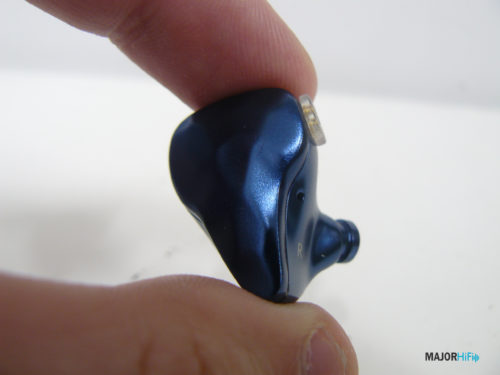
Look and Feel
When taking a look at the Meteor, it’s easy to draw comparisons to the Obsidian. After all, it’s basically the exact same shell with a new coat of paint. The new crystal blue coloring is a stylish touch, and at the very least distances itself aesthetically from the Obsidian. I don’t think it’s fair to criticize the Meteor for being unoriginal though since the last model I revied had such a stunning and unique design that separated itself from the pack. I don’t blame Ikko for wanting to keep this theme.
So, you can expect the same shape and comfort level here as well. The Meteor felt cozy and secure at all times, and the weight of them was light enough to even forget there’s anything in your ears at times. Using the medium tips I was able to achieve this ideal fit, making this another win for Ikko in terms of comfort. They wouldn’t seem like a great fit at all from the outside, but you come to realize the body and nozzle are the perfect sizes to align properly with your ear cavity.
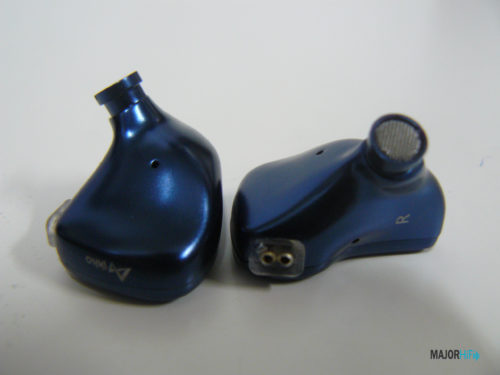
Design
On the inside, the Meteor separates itself from the Obsidian by featuring a different driver system. The Meteor supports a 10mm dynamic driver, and single balanced armature, making this a hybrid unit. With this hybrid unit, you get an aerospace alloy sound cavity that keeps the weight light while maintaining durability. The dynamic uses a polymer composite made from titanium film, and the balanced armature is a Knowles 33518.
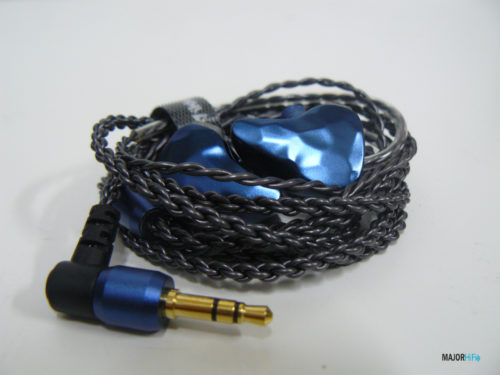
Output
With 18 Ohms of impedance, the Meteor isn’t asking for a lot of power. The stock 3.5mm termination was enough for me to use a few different DAC adapters to bring up the resolution a bit, but most standard smartphone and laptop headphone jacks should do the trick. I’ve never had an issue with volume level on most IEMs, but sometimes I struggle getting them to perform at their proper level. With the Meteor, I was able to achieve a sufficient signal using the Periodic Audio Rhodium. It not only boosted the volume considerably but gave me the proper fullness the Meteor is meant to convey.
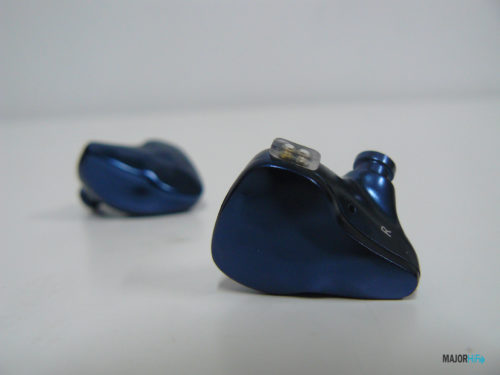
Soundstage
IEM soundstages just keep getting better in my opinion, but the Meteor doesn’t exactly stick out here. The amount of width you get is good, but nothing substantial. All of the elements are presented fully but in a more linear image. There’s little in the way of depth to be had here, but the separation and layering stick out all the more. The positioning of sonic elements in the sound field is handled with enticing clarity. Each section feels like it’s getting the proper spotlight in the soundstage. Instruments perform articulately on top of one another with enough air in between. Overall there’s some great imaging happening here. However, it never takes that extra step that makes many other IEMs that much more immersive.
Low End
The low end of the Meteor exhibits some great bass resonance, extending the frequencies for a more impactful response. One of the most immediate feelings I experienced with these IEMs was their deep rumble. Listening to the track “Diamond Stuff” by black midi, I got an almost overwhelming sub-bass rumble that I could feel in my chest. This sensation was elevated with a great amount of texture, giving the lows a more colorful tone. Much of this character can also be seen in the low-mids. While they don’t showcase as much power here, mid-bass elements still have some noticeable punch that helps widen the frequency response. It’s balanced well with the more present sub-bass and doesn’t take away the clarity from the midrange.
Mids
There’s definitely a low-mid emphasis here compared to the rest of the frequency response, but the mids still feature some great detail. The timbre isn’t as full as the rest of the sound signature but provides the right amount of accentuation. Upper-mids have a light thinness that helps create a crisper response while maintaining the smoothness of the tonality. One of the only midrange elements that contain a certain amount of solidity is vocals, which sound forward and authoritative.
Highs
One of the highlights for this sound signature was definitely the highs. I thought that the timbre here was lively and full of texture, with solid crispness and sparkle. The tonality can get peaky at times, but it’s only a detriment to those who are super sensitive to those frequencies. Otherwise, the treble showcases some nice control and only breaks free to create a stronger character in the highs.
Summary
I enjoyed the Meteor even though it has its caveats. The bass and highs were the biggest highlights for me. They helped make the Meteor stand out from the competition. While the soundstage didn’t win me over, but it brought enough to be enjoyable. Set against the Obsidian, the decision becomes a little more difficult. However, the sound signatures are distinct enough to set them apart based on genre preference. Whichever one you choose, both IEMs have made Ikko a name worth looking out for.
The Ikko Meteor OH1 is available at Audio 46.
Compare the ranking of various headphones, earbuds and in-ear monitors using our tools.
Discuss this, and much more, over on our forum.
---MAJORHIFI may receive commissions from retail offers.


